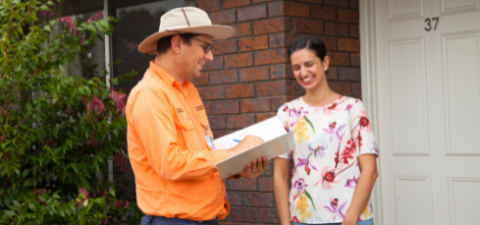Critical fire ant eradication work is underway in parts of the Moreton Bay, Somerset, Lockyer Valley, Southern Downs, Scenic Rim and the Gold Coast.
Learn what we'll be doing, and where and what you can do to help play your part in the fight against fire ants.
Planned fire ant activity areas
View a copy of the treatment and surveillance area map (PNG, 318KB).
About planned program treatment
Our teams are tasked with implementing a range of activities aligned to Australia's Fire Ant Response Plan 2023–27.
Treating and surveying all targeted properties in the same area at a similar time is key to fire ant eradication. Missing properties or treating in a non-systematic way increases the risk of missing fire ant nests and further spread.
The timing, frequency and activities conducted in target areas vary, however they will cover:
We will let you know if your property will receive eradication treatment, surveillance or is eligible for community self-treatment. This contact may be through:
- mailbox brochure
- letter
- local advertising
- phone call
- text message.


